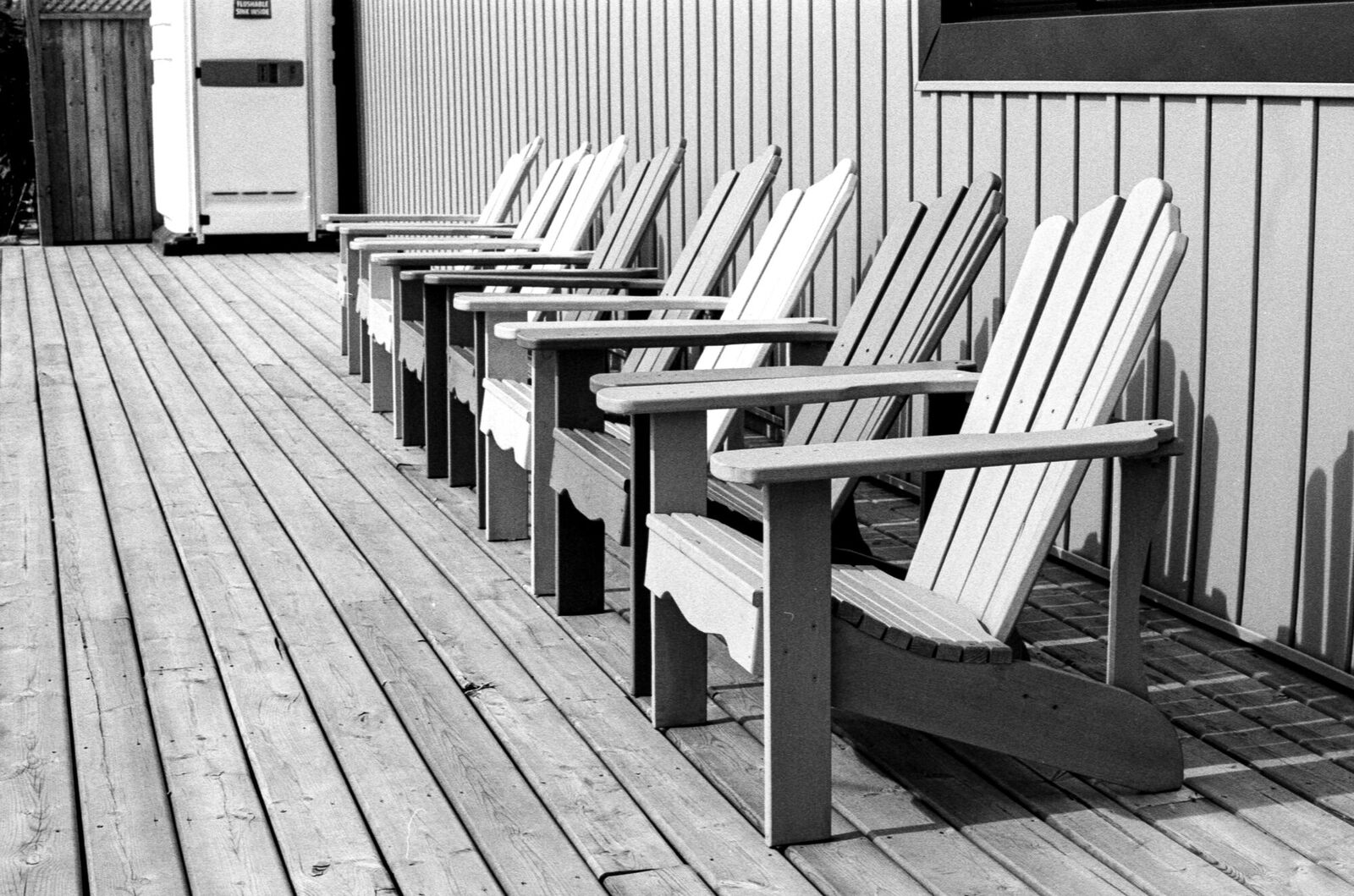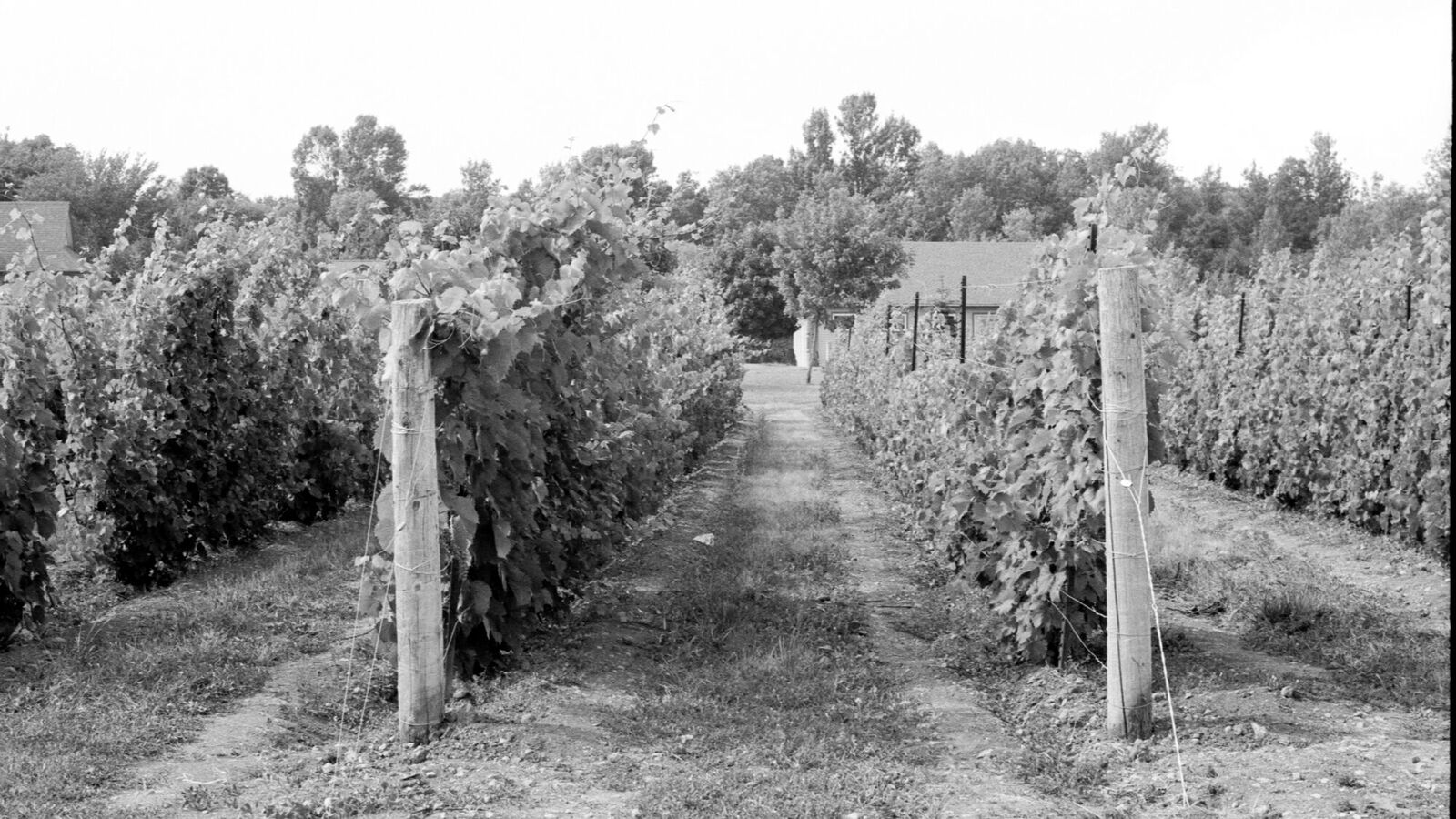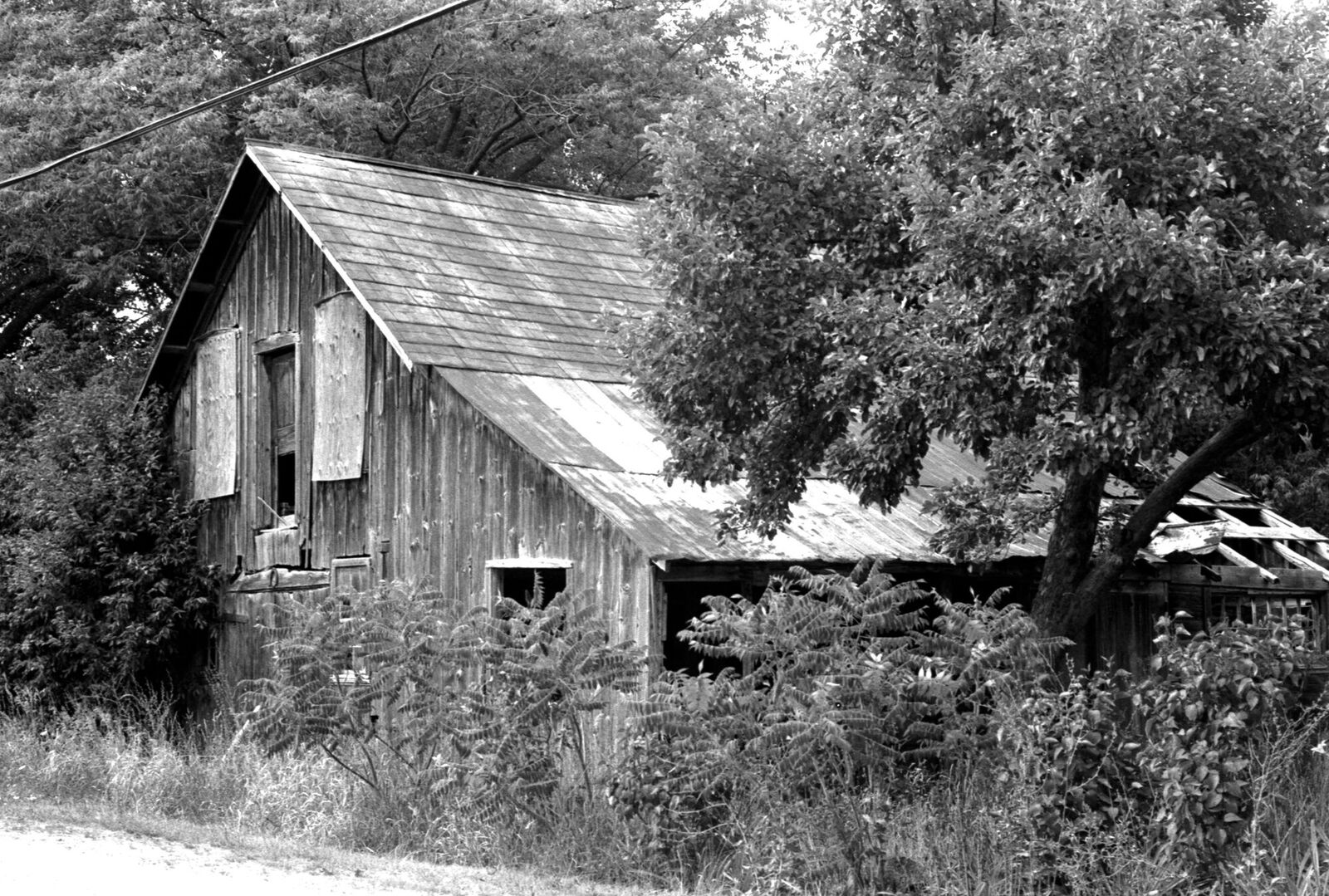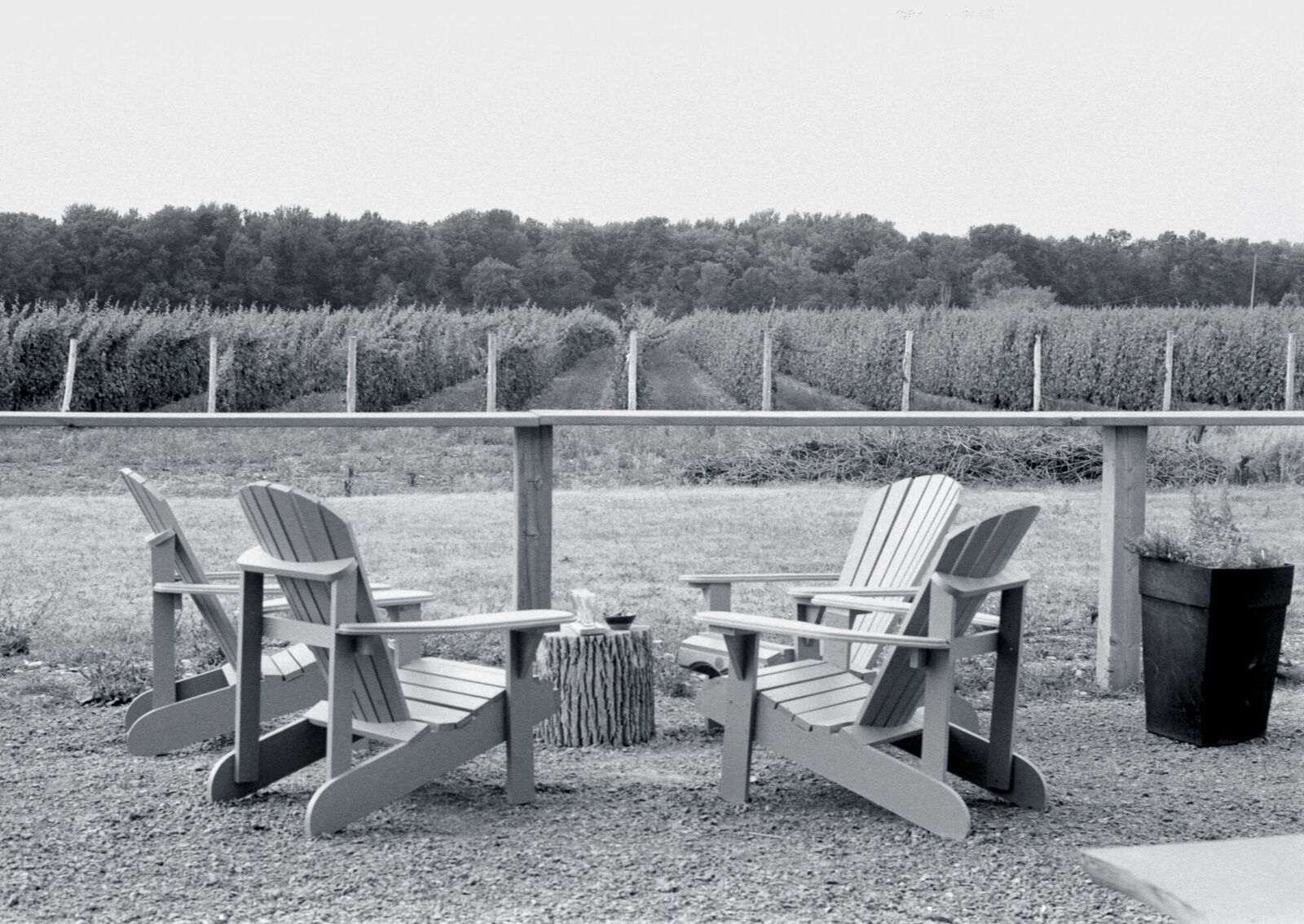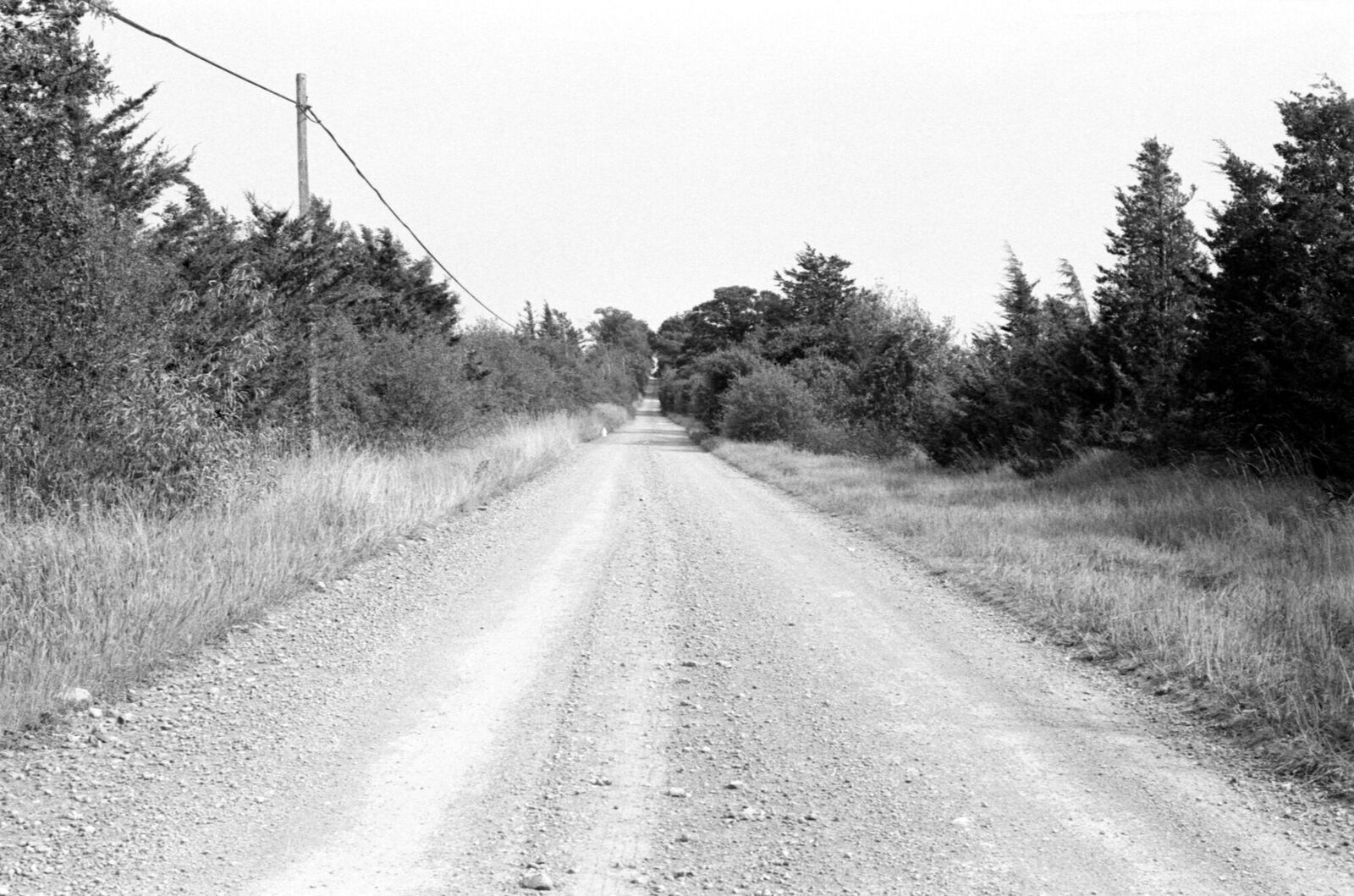We all go away at some point of the year on vacation, sometimes we bring our serious gear but sometimes we wind up in environments that aren’t really camera friendly, like beaches for example or trips you just don’t feel like hauling the whole kit out with the risk of it going to checked baggage instead of carry on.
My first exposure to the Nikkormat FTN was my dad’s, as a toddler back in the early 1970s I wanted to play with it and he gave me a plastic Diana instead. That chrome Nikkormat shot a lot of family and vacation photos in New Zealand, around Montreal where I grew up in the first 12 years of my life and down in Maine where my family used to vacation. The photos were mostly taken on Tri-X, Plus-X and Kodachrome. My brother Alex got that Nikkormat as part of dad’s estate when he passed on back in 2005. I got my first Nikkormat, a chrome FTN just like dad’s, around the same time because of course I needed one too. Over time I got a well-used black Nikkormat FTN as a birthday present and a very mint black Nikomat FTN from my local vintage camera pusher at Burlington Camera.
For those not familiar, the Nikkormat was the prosumer camera that replaced the Nikkorex in the Nikon line in 1965, and came before the FM/FE series of cameras in 1977. It gave users on a budget a chance to buy into the Nikkor lens line without having to drop a ton of money into the Nikon F or F2 system at the time. I could go in detail but that’s for another time.
Nikkormats throughout the line’s production run were built like tanks just like the pro cameras, in fact working pros using F’s and F2s used them as back up bodies. Unlike the F and F2, there was no interchangeable meter heads and focusing screens. The FT and FTN used the 625 battery while the FT2 and FT3 in the mid 1970s used common as dirt SR44 silver oxide batteries. As we all know, 625 batteries are a bit of pain, but there are work arounds available with zinc air Weincells or a battery adapter that can regulate voltage with 1.5 button cells. All Nikkormats used a vertical Copal shutter that is pretty much bombproof and I never had an issue with them personally (yet).
So why the Nikkormat FTN as a vacation camera: because they are mid product cycle, all the bugs have been engineered out, they are cheap in the used camera market, current prices are averaging around $50-60 regardless if it’s in American or Canadian funds. Add on a bargain condition Nikkor H 50 f2 lens (as long as the optics are great and there’s no oil on the blades), you are good to go. If you’re feeling flush you could get a Nikkormat FT2, which averages around $100, and a Nikkor S 50 f1.4 lens but that almost sort of defeats the purpose. This is the “No Tears No Regrets” set up whether you lose it, drop it or use it as a defensive weapon as a last resort.
Nikkormat FTN’s came with centre weighted metering and activated by pulling the advance lever out a bit which is great when working properly. If the meter is jumpy, inaccurate, or D.O.A. which older camera meters are prone to doing, no fear, the mechanical copal shutter doesn’t need batteries, either Sunny 16 or a hand held light meter will get you through.
Here’s the other thing with a vacation camera set up, keep the lens set up simple, only go with the “nifty 50” as it will keep your choices simple. Get a small used camera bag to carry your camera, a few filters, rolls of film and a light meter and you are set. No heavy gear bag and questioning life choices when you’re hauling three camera systems with lenses and developing a permanent list to one side on an extended walking tour of Boston MA, or Bruges, Belgium.
All photos taken with an H 50mm f/2 lens, Kentmere 100 processed in D76 1:1. Location: Prince Edward County, Ontario, Canada.
Light background reading on the Nikkormat FTN:
Stephan Gandy's Camera Quest
A blog post
The Nikkormat FTN Camera Manual from Butkus.org
Bill Smith, an Ontario-based film photographer, specializes in landscape, street, architecture and portraiture. Follow Bill on Twitter or Instagram.



